The International Horseshoeing Hall Of Fame was started in 1993. This year’s seven new members have all left their mark on the shoeing industry through hard work, dedication and a passion for equine footcare. A common thread in their careers is their willingness to share knowledge and help others in the industry improve the overall state of hoof care and soundness. Current members of the Hall served as the slate of electors for this year’s nominees.
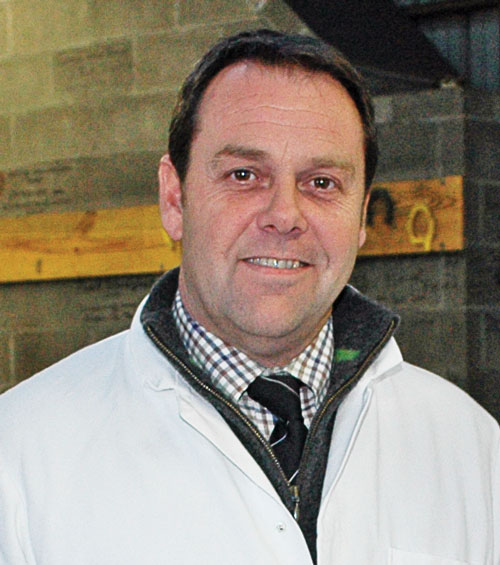
Hailing from Carluke, Scotland, Sandy Beveridge has had a tremendous impact onfarriery. Although he may not be as well known by American shoers, one of the people who nominated him wrote, “it is only because of his humble nature.”
His farriery career began in 1980, when he began apprenticing with two other Scottish members of the Hall Of Fame, Jim and Alan Ferrie. Beveridge earned his diploma in the Worshipful Company of Farriers (WCF) in 1984, followed by his Associateship in 1988. The following year, he became one of the youngest to achieve a Fellowship with the group. He also has served in the WCF as an examiner for more than 20 years, including the first and only exam thus far held outside of the U.K.
Passionate about teaching, Beveridge has been a steadfast educator and competitor in the United Kingdom, Ireland, Canada, the United States and Dubai. In competitions, he has represented the Scottish farrier team several times, won both the Individual International and has been on the winning 4-man Draft Team at the World Championship Blacksmiths Competition at the Calgary Stampede.
An Approved Training Farrier in the U.K., Beveridge has trained eight apprentices, including one who would go on to achieve a Fellowship in the WCF. He also contributed to Simon Curtis’s book, Corrective Farriery.
He was unable to attend the induction ceremony, bust told AFJ that “it brings a smile to my face when I realize that my name now sits next to many eminent farriers that I have tried to emulate most of my working life.”
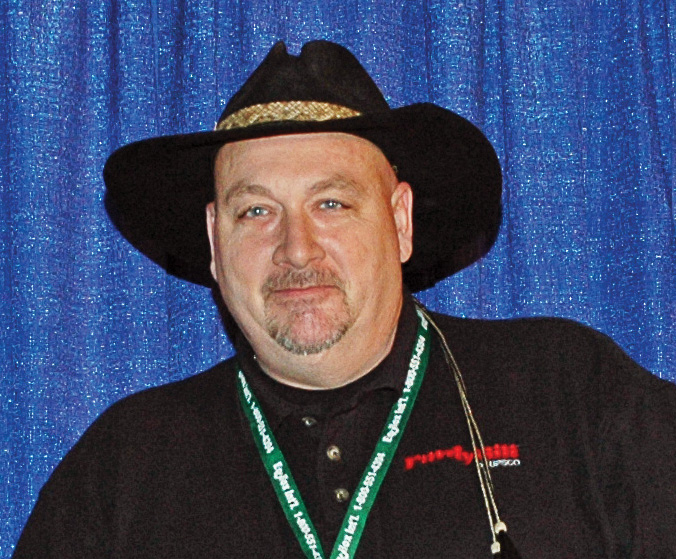
Webster, N.Y., farrier Dr. Esco Buff has earned a reputation among horse owners and his peers for effectively handling many different hoof concerns. He spends considerable time with each horse and takes many notes before deciding on a program of action. With a thorough understanding of equine anatomy and physiology, he has a very keen diagnostic mind and is always happy to explain in detail what is being done to a horse.
Buff has developed a reputation for improving foundered horses. His protocol for the treatment of founder consistently and repeatedly brings relief to suffering horses.
A pioneer in shoeing for the whole horse, Buff remains true to traditional shoeing methods, while daring to ask, “Why?” As one person who nominated Buff wrote, “His efforts have led many to step back and look at the effects that all the parts of the horse have on one another. Rather than treat the symptoms, he has asked us to look for the cause. Finding a farrier who is always looking for new and better ways to address the hoof-care needs of the horse has been refreshing.”
He has become a popular clinician and lecturer. Buff has published numerous articles on limb length disparity, as well as shoeing for laminitis. His systematic approach for dealing with the issues of laminitis is something that he is very willing and eager to share with his colleagues. Buff also is a business management expert, and writes and lectures on the practices required to build a sustainable practice.
He also served as a farrier at the 2010 World Equestrian Games in Lexington, Ky.
Upon admission to the Hall, Buff thanked his wife and family for the support that allows him to frequently travel and help horses that are in need.
A horseshoer for nearly 50 years, Michael “Mick” Clark resides in Collinsville, Texas. In 1969, he opened the Nebraska Farrier School. His mission was to teach students how to trim for balance, learn the anatomy, proper application of farrier tools, and how to hand forge and apply shoes. Many of his students commented on his pleasant way of presenting material and how he made learning fun.
He later formed a committee for the American Farrier’s Association (AFA) to devise a basic competency test that would cover both the theory and the practice of horseshoeing. Once developed, he helped set up and administer the first examinations for the association.
Some of his other accomplishments include teaching horseshoeing at Northeast Community College in Norfolk, Neb., and for the University of Texas in Fort Worth, Texas. He taught numerous classes for private clubs on what to expect from solid farriery, wrote the instructional book Corrective and Pathological Horseshoes and served as the first vice president of the AFA.
An avid horseman, Clark has shown Quarter Horses at all levels. One of his accomplishments was showing Sugar Flash, a two-time Nebraska State cutting horse champion. His expertise was well received by novice and youth riders, as well as advanced riders.
One person who nominated Clark wrote, “I am well aware that there are people in this business that can and will help young farriers, and there are those that won’t. Michael Clark has always been a very positive person to many young farriers, that include too many to mention.”
Unable to attend the ceremony, Clark said he was “honored and humbled” to find out that he was elected to the Hall Of Fame.
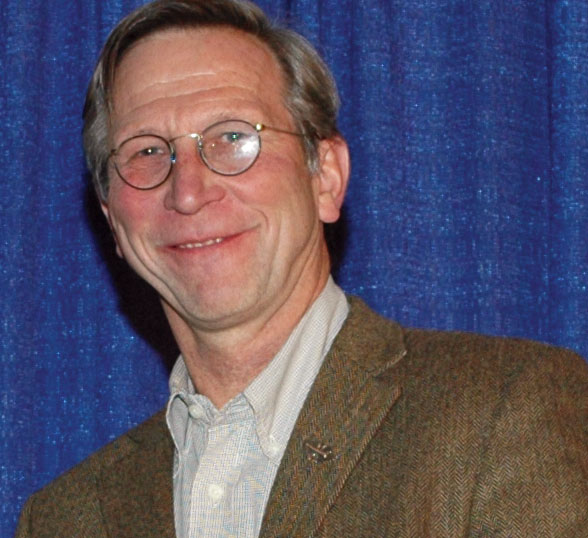
Keeping a home base in Geneva, Switzerland, Bernard Duvernay spends much of the year on the road. He travels the world dealing with lameness concerns and has developed a number of new ways to treat navicular disease. Duvernay is regarded as a knowledgeable and open-minded farrier. Proficient in multiple languages, he is a popular worldwide clinician.
Although he has shod high-end horses as well as for Switzerland’s equestrian teams, Duvernay has dedicated his career to promoting solid hoof care among the less fortunate. He also started the Flying Anvil Foundation (FAF), which helps educate groups in developing countries about proper farriery. His wish is to organize education programs in relation to the educational structures in the visited countries. Duvernay’s goal is that after a few years, they will become autonomous, and assure local management with local people at the head. Duvernay hopes to find others to join the group and expand its influence as a solidarity program open to anybody interested in horses.
During the induction ceremony, Duvernay said, “What more could a farrier wish for than to join the history of his profession and be honored with his colleagues?” He thanked his many mentors and friends for sharing the knowledge that allowed him to achieve so much. Duvernay also compelled farriers in attendance to make an effort to share their knowledge and passion with future generations of farriers.
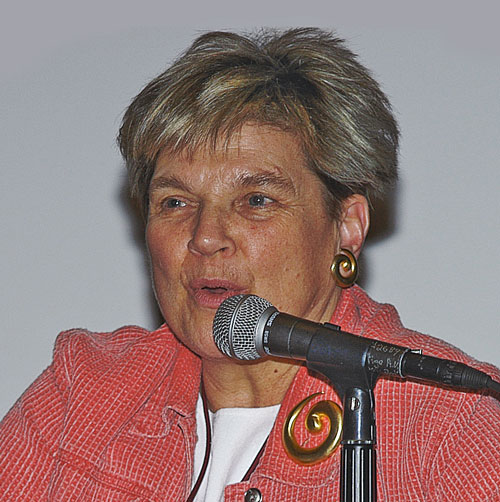
Ada Gates-Patton often speaks on how she started at the top of New York society and worked her way to the bottom and found her passion: shoeing horses.
One of the few females able to break into the farrier business years ago, she begged numerous farriers to take her on as an apprentice. She finally met up with veteran West Coast racetrack farrier Harry Patton. This partnership really worked out, as the two were later married. In 1978, she became the first woman farrier licensed to shoe Thoroughbred racehorses in the United States and Canada.
This unique status presented many great opportunities for promoting footcare to the general public, including guest appearances on Late Night With David Letterman, To Tell The Truth, The Today Show and What’s My Line?
Her dedication to the profession has led to many years of outstanding service. She served as farrier liaison for the 1984 Olympic Games in Los Angeles, still holds the role of official horseshoe inspector for the Pasadena Tournament of Rose’s Parade, has served as a member of the California Thoroughbred Foundation Board of Directors, has presented hundreds of footcare seminars and operates Harry Patton Horseshoeing and Farrier Supplies.
Having earned the Edward Martin Humanitarian Award from the AFA, she also volunteered at the 2010 World Equestrian Games.
Addressing the attendees at the induction ceremony, Gates-Patton recalled the tough struggles of her early career. “I was always terrified that I wasn’t good enough, but I had to drive to push on,” she says. “I’m terribly grateful and truly touched to be inducted into the Hall.”
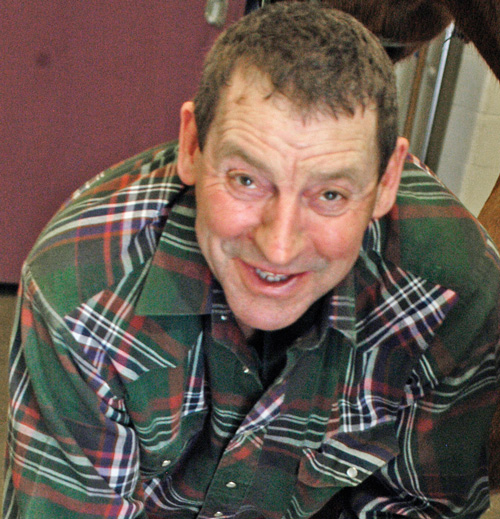
Dean Johanningmeier of Cross Plains, Wis., has two passions when it comes to footcare: therapeutic work and passing on what he has learned to others in the shoeing world. Much of his work is now done at two locations with the University of Wisconsin’s School of Veterinary Medicine.
Growing up in northern Iowa, he began his career as a youngster, shoeing not only his own horses, but also those of his many brothers and sisters. After college, service in the United States Army and a job with the U.S. Department of Agriculture, he switched to full-time shoeing.
For the past 25 years, Dean has worked closely with the university’s equine veterinarians. Not only does he do considerable therapeutic work, but also helps teach and educate both students and veterinary staffers on the importance of proper footcare.
Holding trimming and shoeing certifications from several different groups, Dean has avoided all the ego concerns that go along with these awards and has blended the theories of many groups and methods to offer each horse a tailored approach to what works best for each animal.
One veterinarian simply sums up Dean in three simple words: “dynamic and thoughtful.”
Johanningmeier was unable to attend the induction ceremony, but told AFJ that he was “surprised and honored.” He quickly credited those who have taught him as responsible for his accomplishments and recognition.
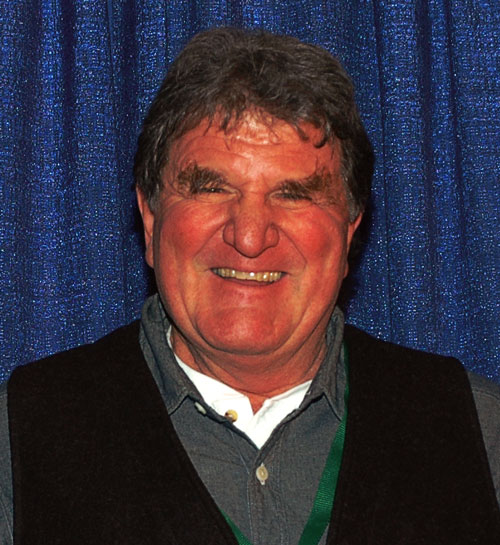
Tom Wolfe has served many years as the head of the Montana State University School of Horseshoeing in Bozeman, Mont. An outstanding educator and expert shoer, this AFA Certified Journeyman Farrier has spent a career providing excellent farrier service to clients along with a willingness to share his knowledge and skills with his students. One person who nominated him credited Wolfe as being a “guy who always takes the high road.”
One of his former students found Wolfe to be “very helpful in developing the skill levels of the various individuals in our class. He was always offering advice when needed, yet allowed everyone to feel comfortable as they learned new skills. He is truly one of the most helpful and expert farriers that you’ll find anywhere in the world.”
In the 1980s, Wolfe became the first manufacturer of commercially distributed hoof models.
Upon induction into the Hall Of Fame, Wolfe said, “It is a great honor to be chosen by your peers.”







Post a comment
Report Abusive Comment